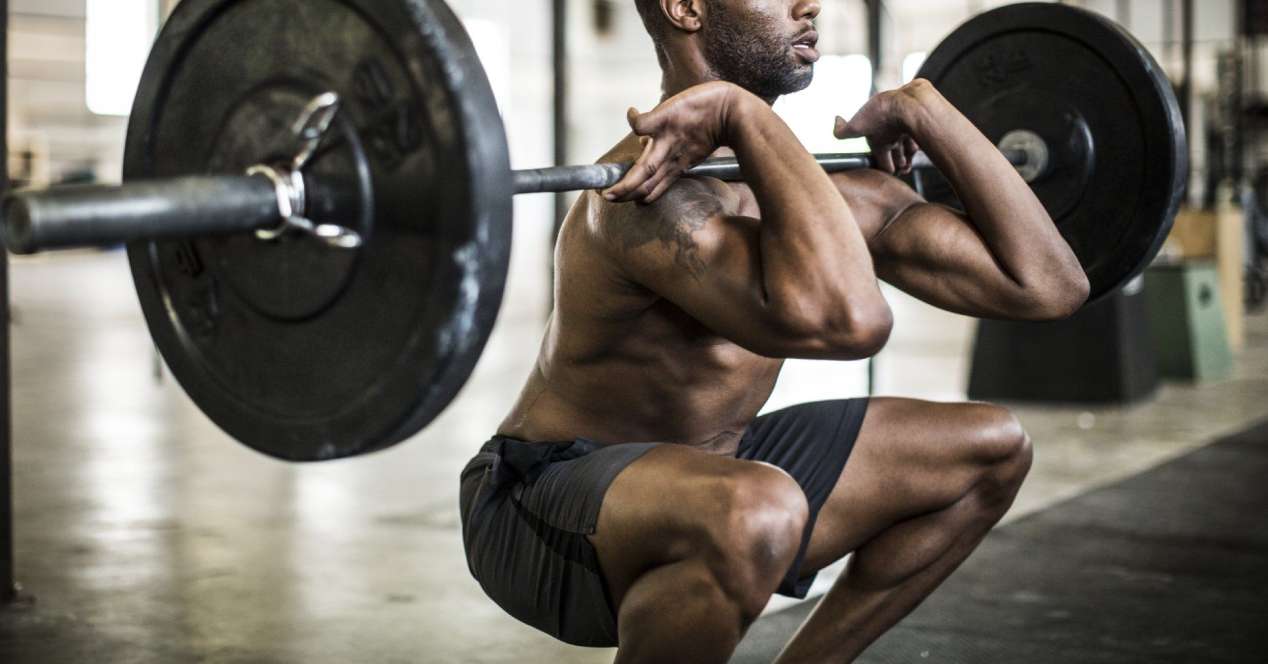
Bone density is one of the factors involved in bone health and it changes according to the result of different stimuli, including the level of physical exercise. Unfortunately, age plays havoc with this bone density and bone fractures and osteoporosis are very frequent among the elderly and post menopausal women. To prevent these problems from occurring, we must work hard before they start to appear.
Surely you have read studies that indicate that strength training helps improve bone density, but what are the best exercises for it? ORn study conducted for the Journal of Strength and Conditioning Research, the researchers determined which weight-bearing exercises had the greatest benefit against osteoporosis and osteopenia.
What is osteoporosis and osteopenia?
Osteoporosis and osteopenia They are characterized by causing low bone density. Osteopenia is when bone density begins to decline and warns that osteoporosis is near. Low-density bones are more likely to break, but bone density isn't everything. In fact, even with high bone density, we can also have a high risk of injury, although it is likely that it derives from some other disorder.
Another determinant factor in bone health is the bone mineral content. The content of the bone affects the flexibility and strength of the bone. Hydroxylapatite (bone mineral) is made up mostly of calcium and phosphorous, and can account for up to half the weight of your bones.
Are squats the ideal exercise?
Both the creation of new bone and the dense and strong content can be varied by our activities. In the aforementioned study, the researchers chose the squat as the exercise to be examined. For this, a group of older women who were in a state of osteopenia or osteoporosis participated.
women did heavy squats with less than five repetitions per set and with a concentric position as quickly as possible. In addition, a control group also participated to compare results.
After twelve weeks, with three squat sessions per week for the training group, the scientists compared the results obtained after the training with those before. The squat position was quite successful in strengthening women, with a 154% improvement in repetition max and a 52% increase in the rate of force development.
Along with increased strength, there was also a higher bone mineral content that was not present in the control group. However, bone mineral density did not show significant improvement, but it did improve slightly. In contrast, in the control group, bone mineral density decreased slightly.